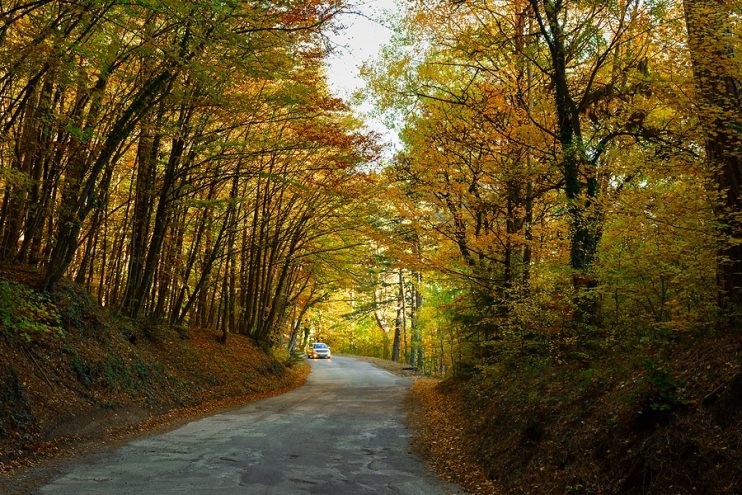
Rural roads are not as quiet and idyllic as you might think. You may be familiar with the difficulties presented by urban roads and their high intensity characteristics – but those smaller, winding country lanes pose a different kind of challenge altogether. Fortunately, there are some simple rules that you can follow that will help you avoid coming away from the sticks with any problems.
Table of contents:
- Plan Ahead
- Scan the Road
- Hidden Driveways
- Road Twists and Turns
- Right of Way
- Watch Your Speed
- Driving in the Dark
- Animals on the Road
- Manure
- Slow Road Traffic
- Conclusion
Plan Ahead
You can easily get used to the wealth of signs in urban environments. Some roads in the countryside do not have any signs at all. Many holiday-makers and day-trippers have been caught out when very close to their destination. Avoid getting lost by carefully planning your route and working out exactly where you’re going. The Satnav might give up in remote areas with no reception when you need it most. And being aware of disruptions, diversions and road works, means that you’ll be comfortable with alternative routes, rather than feeling you’re lost on some kind of wild goose chase.
Scan the Road
When you’re driving down those unfamiliar country roads, slow and steady absolutely wins the race. You never quite know what might pop up round the next corner. Keep the speed down and scan the road ahead of you to contend easily and effortlessly with whatever comes your way. Some of the more common challenges include:
- Cattle grids – these grills are designed to prevent cattle from leaving their designated areas. They can really shake up a car when you drive over them, so make sure that you go at a slow, consistent space and check that everything in the car is properly strapped down. Especially those drinks in seats or central holding stations. Be aware that a grid is also a good indicator that there may be other animals around.
- Sharp bends – sudden corners can sneak up on you, and there may be no SLOW signs sprayed on the road to help you pre-empt the turn. Check your mirrors, be prepared to stop, and treat these bends with respect.
- Fords – it’s not uncommon for flowing water to cross a road – this is known as a ford. Most cars should have no issue travelling through a shallow ford, but it can be difficult to judge the depth and speed of the water by eye. Approach driving through a ford with caution, and if you feel that it is getting to deep or fast, then put the car in reverse, back out and find a different route.
Hidden Driveways
Always be on the lookout for hidden driveways. Rural roads can often feature driveways to houses where you least expect them. If the surrounding countryside is full of twists and turns or hilly then you could be caught out. Keep an eye out for mirrors for a sign that there could be a driveway nearby.
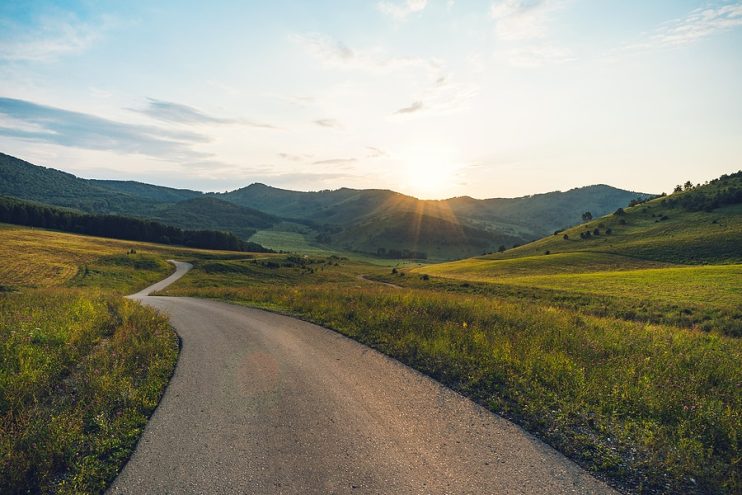
Road Twists and Turns
Winding roads can be very taxing in you’re not used to the area. Guide yourself through the twists and turns by watching the lay of the land, and telephone poles and pylons to predict where the road might take you next – as many of these will follow the road. At night full beams are your friend and will give you extra visibility on the road (but remember to turn them off at any signs of oncoming traffic or when you are travelling in a residential zone). And it might be a good idea to use a horn or flash your lights on bends at night, to help other road users to stay aware of your presence.
Right of Way – Passing Etiquette
Passing on country roads can at times be a little challenging. Try to work with other drivers to get the best outcome. Look out for passing places. These may be only simple rough patches of ground that have clearly been used by other drivers. It is rare that you’ll see an official ‘Passing Place’ sign. Normal etiquette is to drive towards one another, and then when there is only a single passing place remaining – it should be used by the first driver who reaches it.
Be prepared to go slow and if necessary, reverse to let cars through. And if another driver does the same for you, remember to show your appreciation.
Watch Your Speed
Always observe the speed limit. Due to the nature of the roads, it’s often not other traffic you want to worry about. With some of the sharp bends you might encounter together with drops and all kind of geographical features that often appear in places like the Peak District or North Wales – excessive speed could actually see you leaving the road and damaging your car (or even worse).
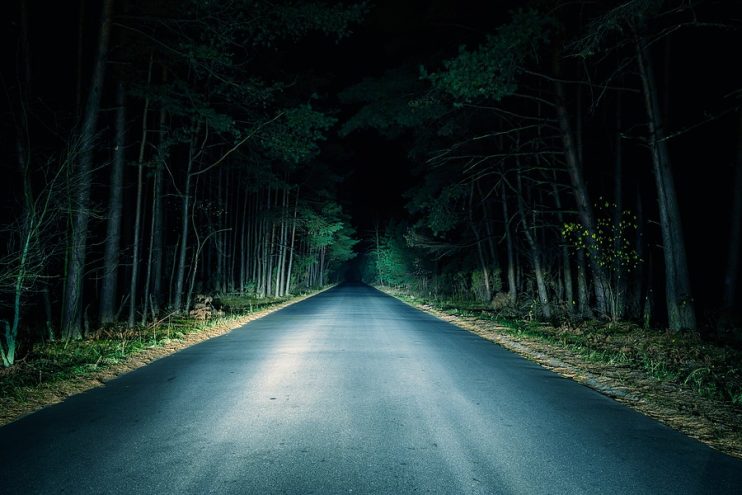
Driving in the Dark
Be prepared to deal with rural roads that have no street lighting. You may find that more commonly travelled roads have cats eyes, which show you the direction of the road and help you stay in your land, but smaller roads will often have no cats eyes or even any markings. Slow down and be cautious at night.
Animals on the Road
Animals are a feature of the countryside and may jump out into the road – especially smaller, startled deer such as the muntjac. Areas where deer are common are often marked by a triangular road sign with a black stags on them. If you hit a farm animal or a dog, you’re required by law to report the incident to the police. Cats are not covered by the same laws – nor are the wild animals of Britain.
Manure
Try to avoid driving through animal manure as this will often create a slippery layer on the road, affecting your tyre’s grip. Mud can also be equally dangerous. When you see either material in the road, go round it.
Slow Road Traffic
Whilst slow traffic can be a nightmare, especially in the summer seasons when you’re already sweltering in the car, patience is key. Most tailbacks are caused by working vehicles, which rarely travel great distances. Keep your cool and give these vehicles the space. And remember they will normally tend to swing out before cutting in on the corners, due to the width and large turning circle of the machines.
And Finally
This list is by no means comprehensive. Driving in the different seasons for instance have their own issues – and will require the proper preparation before you set off into the wilderness. Having the right kit in your car is important as if you break down there will not be the abundance of help you might find in more built up areas. Equally if you’re out on a long road trip, it’s good to know where you can stop and get some refreshment. And cyclists love the countryside too – so remember to observe the laws of the road and give them some space, no matter what you think of their riding style.
And above all – get out there and enjoy the views. Whether you’re in the Peak District or the Sussex Downs, there’s some of the most gorgeous countryside in the world waiting for you on the UK roads.

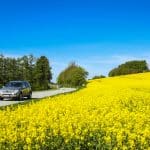


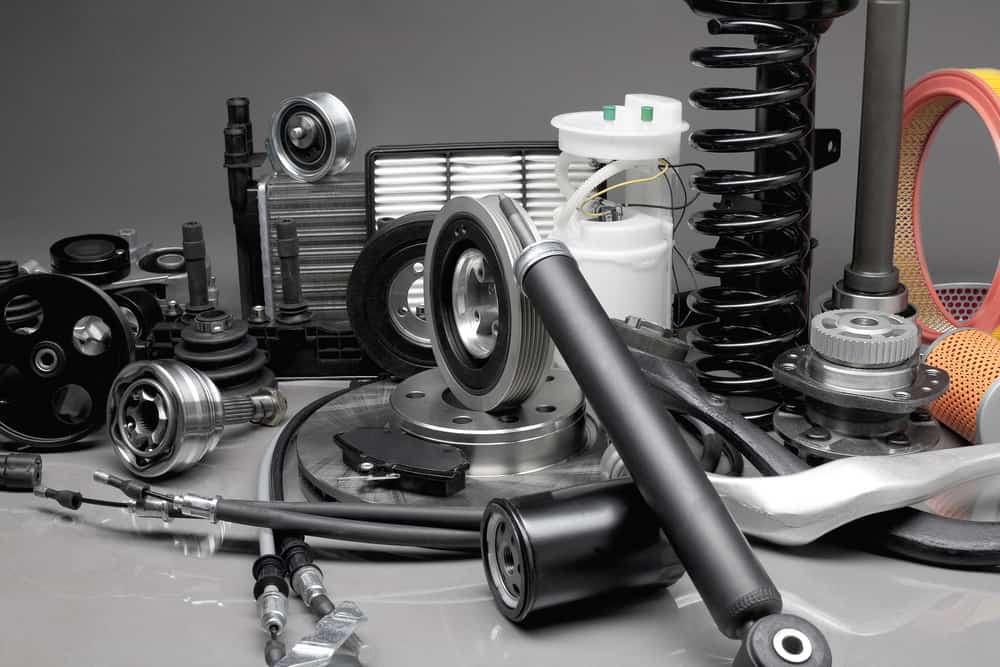




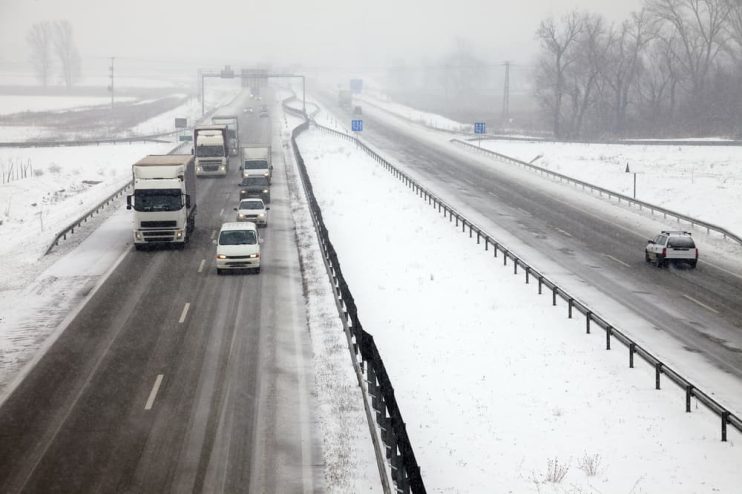



.png)